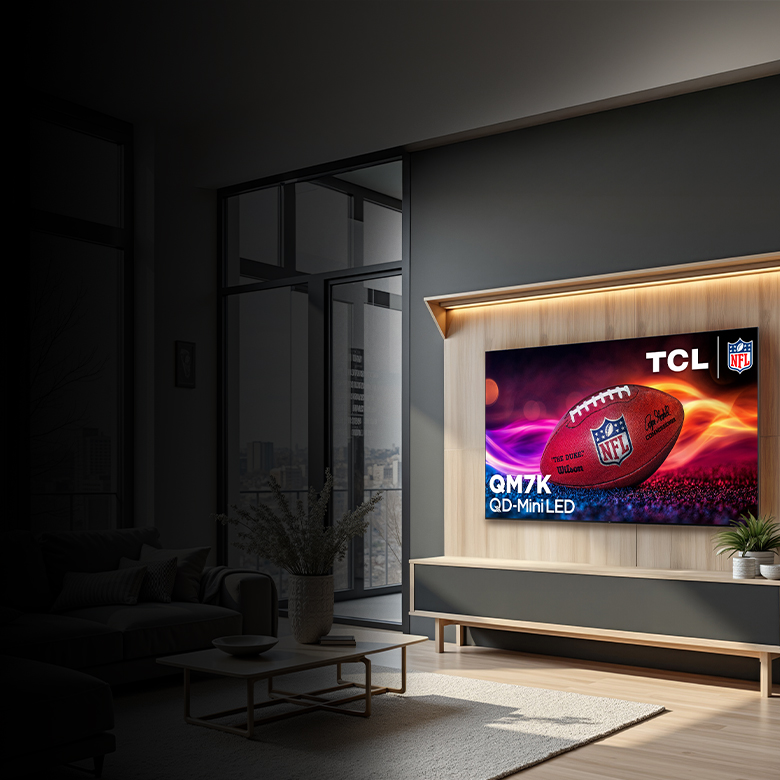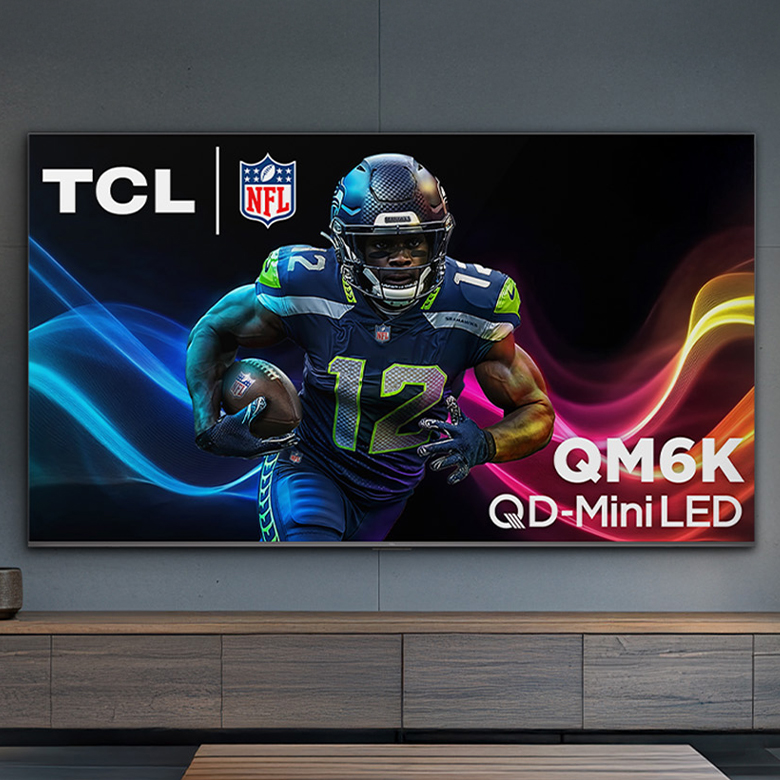Over the last year or so, you’ve probably seen a lot of talk about a new type of technology called 5G. This new and powerful technology that connects all of your devices to the world, as well as each other, has until recently felt like nothing more than an enigmatic buzzword, forcing premiums on new flagship smartphones and smart home products.
That’s all starting to change with new offerings like the TCL 10 5G UW smartphone. This Verizon-exclusive phone perfectly fits the mantra of TCL’s brand philosophy: Making the latest technology more accessible and affordable to everyone who desires it.
But what exactly is 5G, and why does it matter?
What is 5G?
To boil it down to the simplest terms: “5G” essentially refers to the fifth generation of wireless connectivity technology. With each new generation, we see an evolution in how fast our devices can connect to the Internet, how efficient our data is, and how many people can connect at one time. Each jump forward enables new ways to better our lives and adds multitudes of convenience.
For instance, 2G enabled MMS and basic web browsing; smartphone apps and better voice quality were introduced in the age of 3G; and 4G (also known as LTE) paved the way for features and services like video calls, Netflix, Snapchat, and even ride sharing apps.
As for 5G, the tech world is still researching and discovering upcoming innovations that 5G will inspire, but here’s some of the benefits we’re already seeing:
- Faster speeds: Eventually, once networks are capable of reaching its maximum speed, 5G can get up to 35 times faster speeds than 4G. Think about how fast you can download entire seasons of a TV show as you’re about to embark on a long flight!
- Lower latency: Low latency – the delay caused by the transfer of data back and forth between devices – is key to ensuring that your phone or other device won’t lag behind everyone else. If you’re a fan of online gaming, mere milliseconds of lag could easily make the difference between winning and losing; if you’re video chatting, a lag can make for choppy feeds and awkward timing in conversations. There’s also applications in remote medicine as well: 5G could make it possible for surgeons to control robotic machines to perform life-saving surgery from the other side of the world.
- More capacity: After the pandemic, 5G is going to come in handy at concerts, tourist destinations, sports events and any other venue where a lot of people are close together. These kinds of scenarios typically involve thousands (if not tens of thousands) of people all trying to use their mobile devices at the same time, which 4G networks just didn’t have the capacity to handle all at once, creating a bottleneck and making it incredibly difficult to get decent service. 5G aims to add a lot more capacity so you can enjoy fast downloads, video chatting, and even basic services like texting and calling that we often take for granted.
- Better efficiency for more devices: 5G is energy efficient and is ideal for supporting millions of smaller low-power connected devices and sensors that communicate with each other, known as the Internet of Things. These devices will have many use cases in the smart home, businesses, cities, industrial, healthcare, retail, and many more areas.
What Types of 5G Are There?
There are three major types of 5G that are currently being used in the US.
First is millimeter wave, also known as Ultra-wideband. This high-band technology offers the highest level of performance in terms of speed, latency and connection density, but it’s also limited to a short distance and has a difficult time going through walls.
The second type is low-band, which is the slowest type of 5G, but has the best range and is capable of reaching into your home and office. You’ll still get fast speeds and low latency, just not quite as fast as millimeter wave.
There’s also mid-band, which aims to offer a compromise or balance between the pros and cons of both millimeter wave and low-band. Better speeds and latency than low-band, but not as good as millimeter wave; and the coverage is more widespread than millimeter wave, but not as much as low-band.
Flagship Performance
Since 5G is still in its early stages of life, no network in the US takes advantage of all three types of 5G technology yet. However, as a Verizon-exclusive smartphone, the TCL 10 5G UW utilizes both millimeter wave in big cities and low-band from coast to coast. This gives you access to the best of both worlds: fast speeds, ultra-low latency, and a solid blanket of 5G coverage in more places.
The best part? Despite still being a relatively new technology, 5G is no longer limited to premium flagship devices. At $399.99, the TCL 10 5G UW is incredibly affordable and offers the same features and specs as other 5G phones that are $200-300 more expensive.
With 5G, TCL’s 10 5G UW is also future proof. As 5G networks and technology continue to evolve and grow, your experience will continue to evolve and grow along with it. Faster speeds, more seamless gaming and video chatting, better coverage, and plenty of yet-to-be-discovered ways to utilize 5G are on the horizon!



share